ECB Governing Council member Francois Villeroy de Galhau, useful to have some transition between” the end of emergency PEPP purchases and the regular APP purchases. However, “this reduction could follow a bi-monthly or monthly pace instead of a quarterly one, and APP purchases could therefore end in the third quarter, at some point to be discussed,”
Villeroy also noted current guidance indicated interest rate hikes would come “shortly” after ending asset purchases. But the central bank would have “more scope for fine-tuning” by removing the word “shortly.”
“This would be a possibility to break the quasi-automatic temporal link between the two instruments whilst retaining the sequencing,” he said. “Optionality would mean that the lift-off could possibly take more time, if warranted.”
“We could give ourselves more time and consider the latest inflation outlook before deciding about the calendar of rate hikes – a decision that anyway we don’t need to make before our June meeting,” Villeroy said. “Any speculation about this calendar of future lift-off is at this stage premature.”




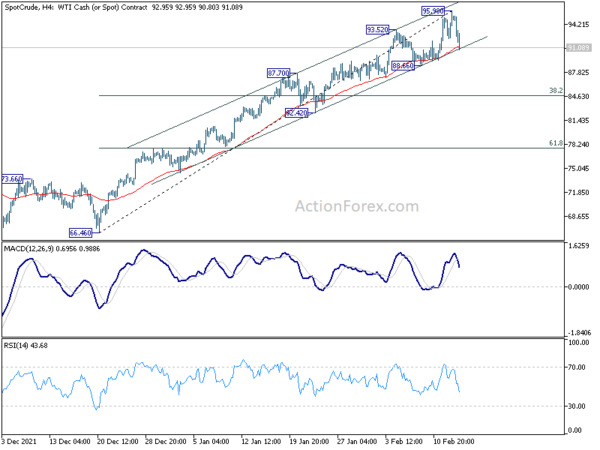
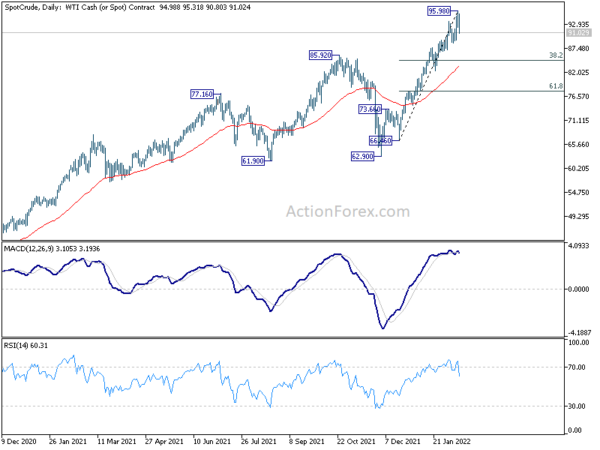
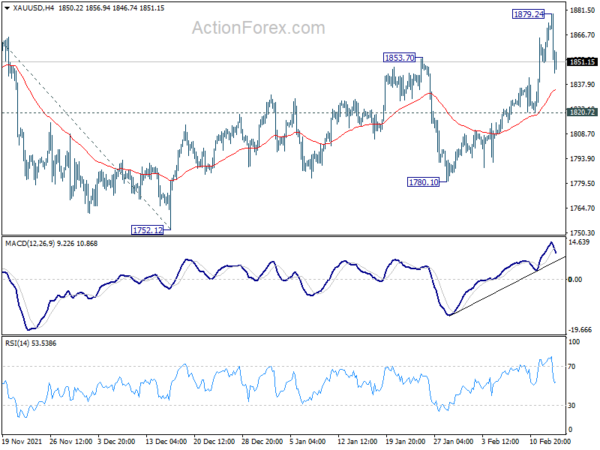
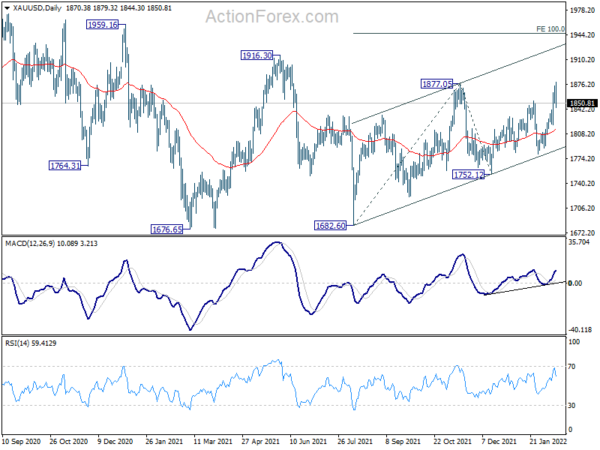
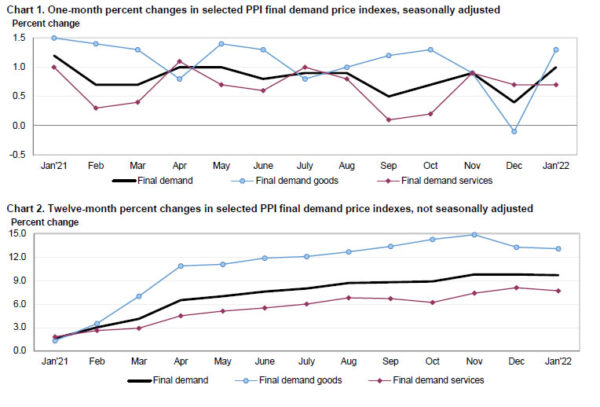
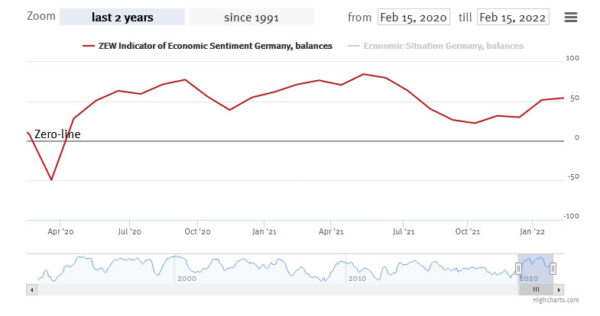
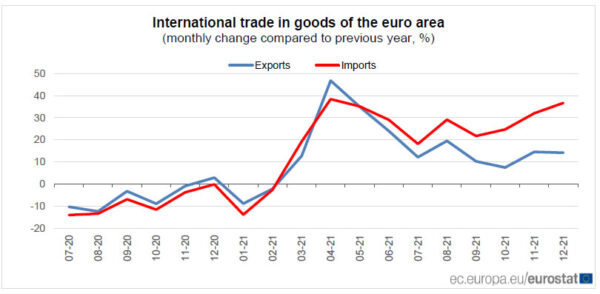
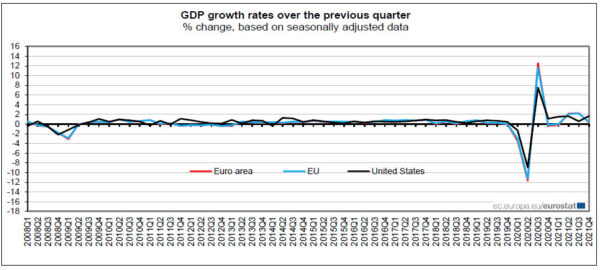
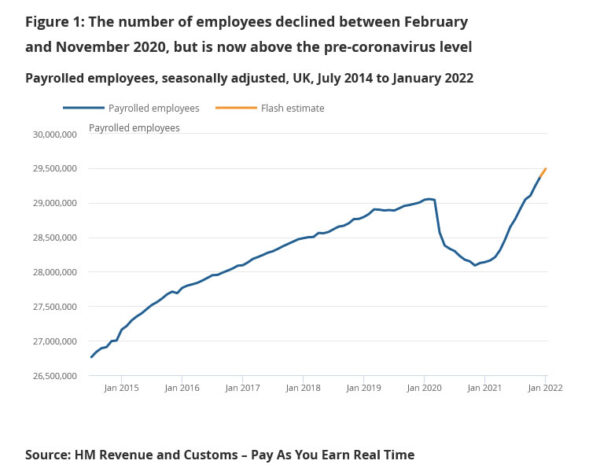
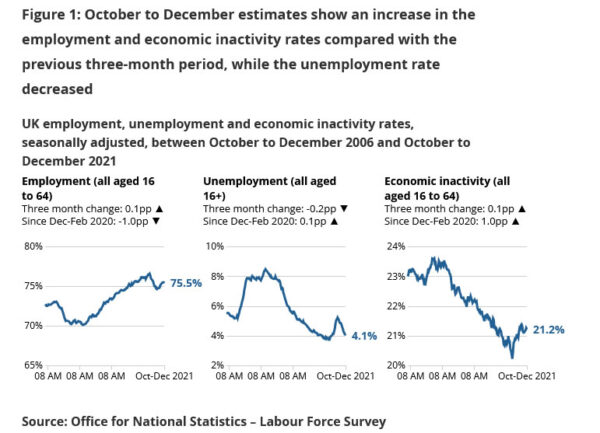
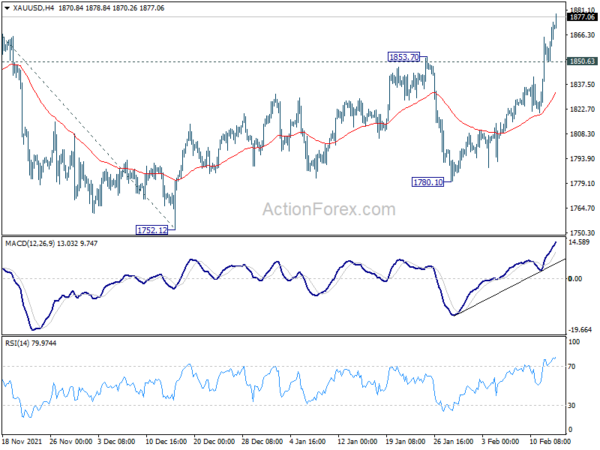
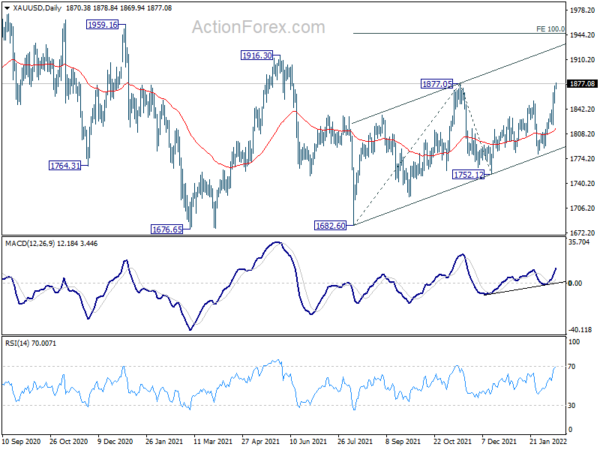
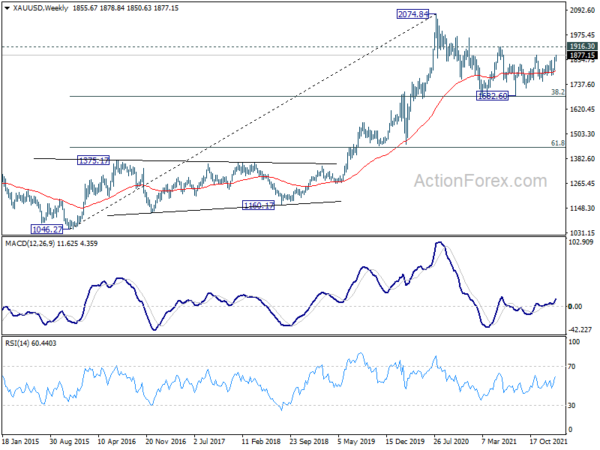
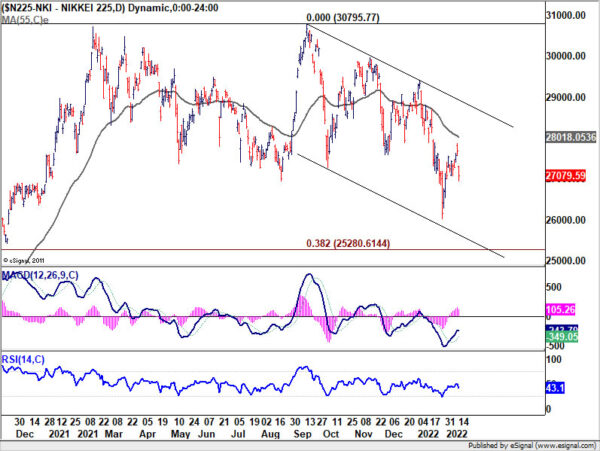
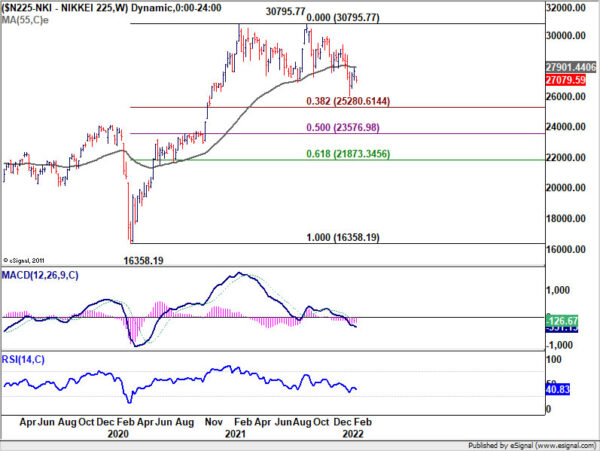
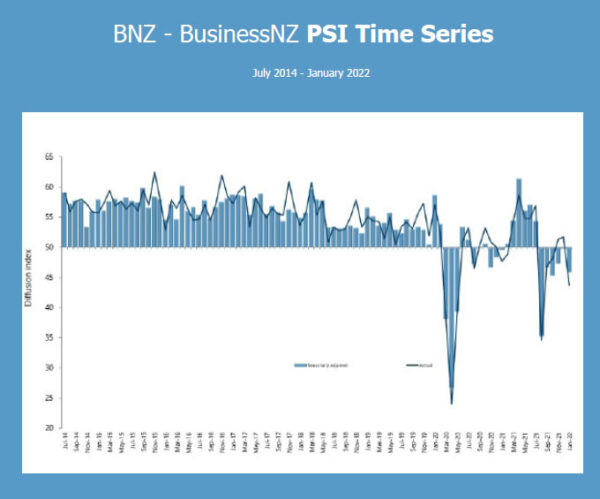
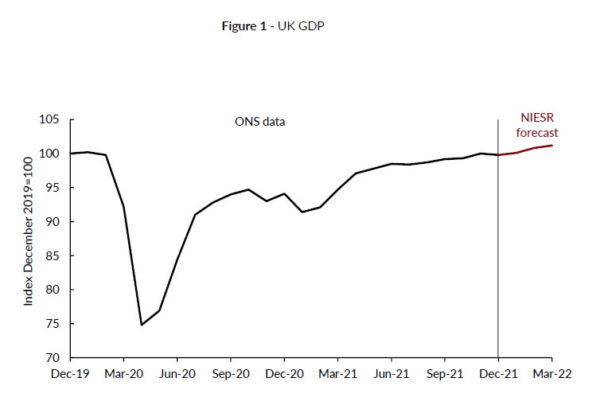

ECB Schnabel: We should start thinking about gradual normalization of policy
ECB Executive Board member Isabel Schnabel said in an interview, ” it has become increasingly likely that inflation is going to stabilise around our 2 per cent target over the medium term.” There, “we should start thinking about a gradual normalization of our policy.”
“With the most recent data, however, the risk of acting too late has increased and therefore we need a careful reassessment of the inflation outlook,” she added.
Schnabel also pointed to a “demand component” in inflation in rising wages, in addition to energy prices and supply chain bottlenecks. She added, “we cannot simply look through everything, especially if inflation now becomes more broad-based and more persistent than we originally thought.”
Full interview here.